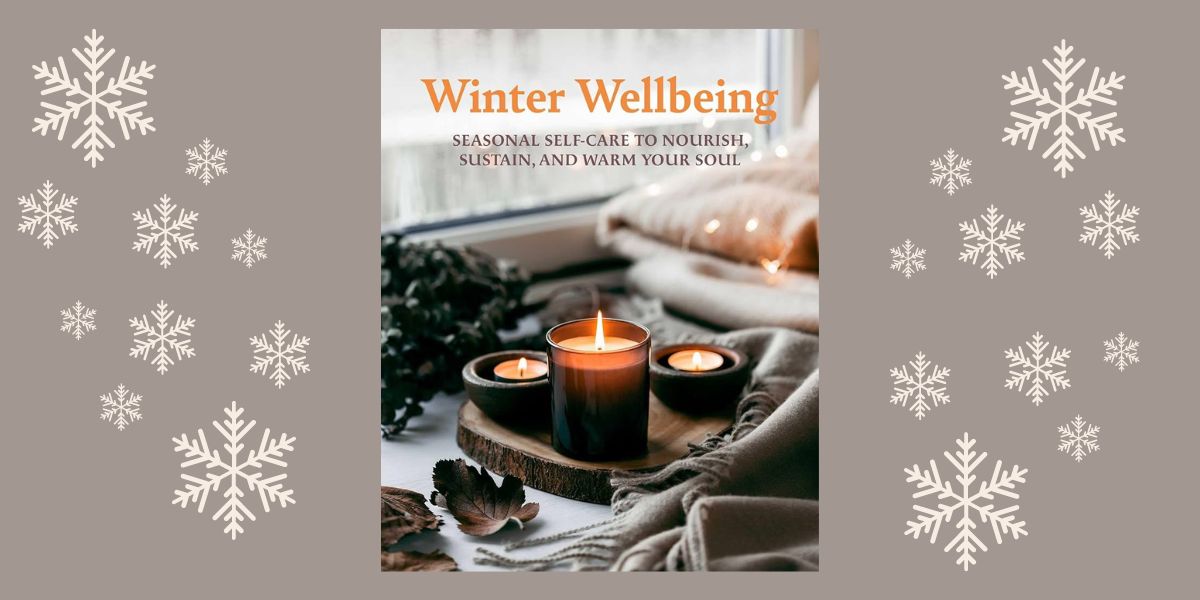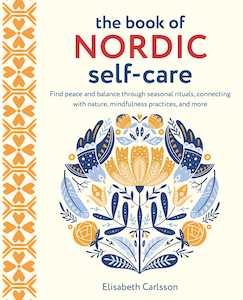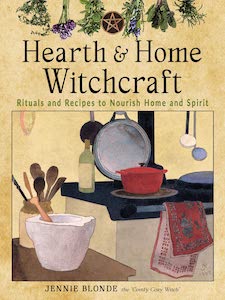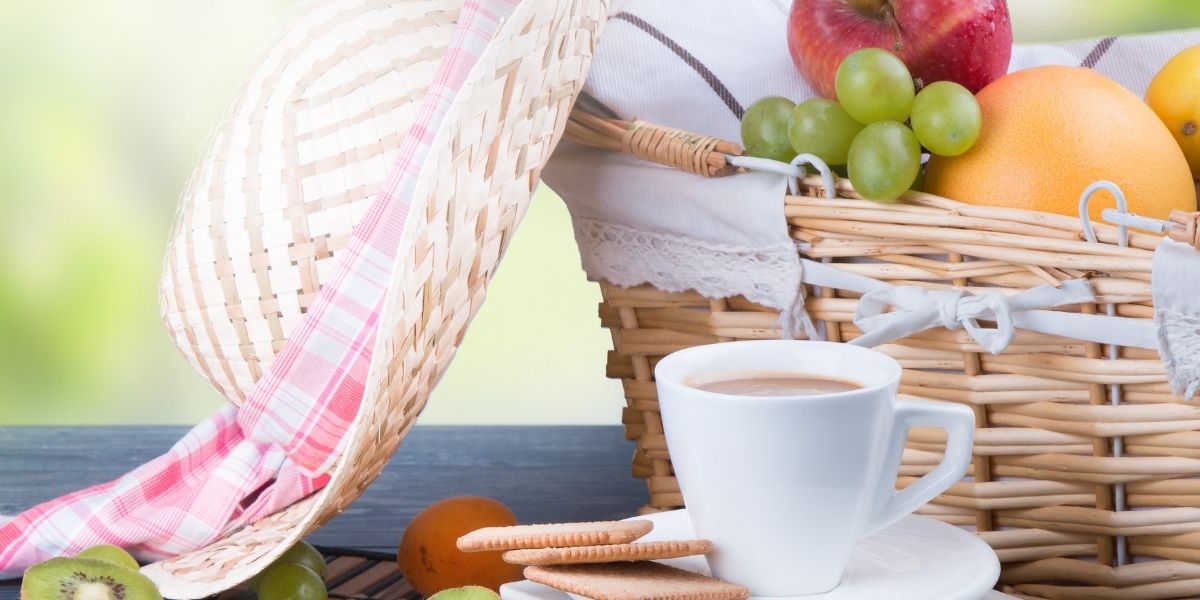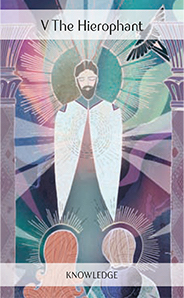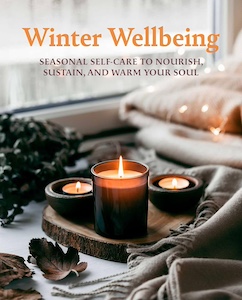
Winter Wellbeing: Seasonal self-care to nourish, sustain, and warm your soul, by CICO Books
CICO Books, 1800653719, 144 pages, September 2024
Winter Wellbeing: Seasonal self-care to nourish, sustain, and warm your soul by CICO Books is a delightful guide that invites readers to embrace the colder months with a sense of comfort and self-care. With tips for tending to mind, body, and soul, this book is perfect for anyone looking to enhance their winter experience by focusing on holistic wellbeing practices.
“With self-care practices, nourishing recipes, and ways to appreciate the season, this guide will help you revitalize and recharge your soul, even when it’s cold and dark outside.”1
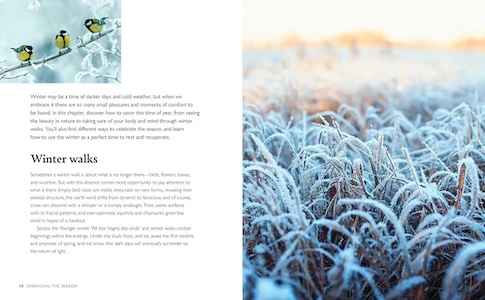
This book is beautifully designed, with a calming aesthetic that reflects the tranquility it aims to bring into the reader’s life. The hardcover makes it perfect to keep out all season long on a coffee table or counter. The wide range of topics, from nourishing recipes to cozy crafts and mindful activities, are all tailored to help individuals find joy and warmth during the winter season, and you’ll definitely want to keep it within easy reach.
The first chapter, “Embracing the Season” focuses on how one can make the most of the cold temperatures that characterize this time of the year. This book honors the seasonal cycles and teaches ways to stay in touch with nature: walks in the cold temperatures, maintaining your circadian rhythm by getting enough sunlight, and embracing rest during the extra hours of darkness. It also suggests ways to bring the winter inside by creating a shrine, putting up decorations, and simplifying our surroundings. Recipes in this section include tea for the full moon and a mulled cider recipe for festive celebrations.
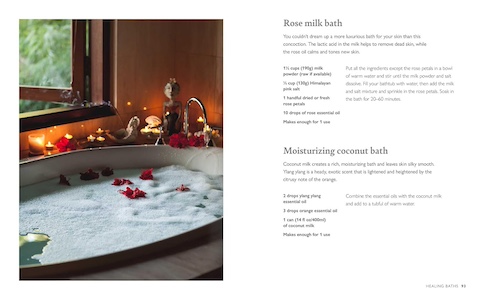
The next chapter, “Boosting Your Immune System” is extremely useful in the season of colds and viruses. It is filled with inspiration for how to get a good night’s rest to stay healthy, tea and soup recipes to keep illness at bay or overcome it quickly, and baths to soothe symptoms. I particularly liked reading about Oxymel Tonic, which uses honey and vinegar to ease respiratory issues.
To make it through the cold, dark days of winter, it becomes important to build in daily habits to keep ourselves nourished. Chapter three, “Caring for Your Body, Mind, and Soul” suggests establishing a wellbeing ritual to keep you focused on your self-care during the winter months. Breathing exercises, massage, and healthy drinks, such as Celery juice elixir and Gentle detox tea, and relaxing baths are some of the many things one can build into their wellbeing routine. My favorite part of this section is the DIY body-care product recipes for things like body whip, lip balm and face masks.
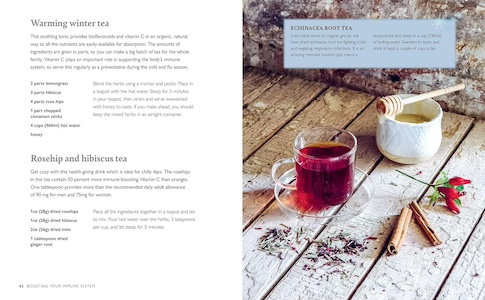
The final chapter, “Revitalizing, Recharging, and Renewing” integrates all the previous chapters, providing restorative exercise, conscious eating, healing teas, and breathing exercise to keep the winter blues away and sustain mental, emotional, and spiritual health during the winter months. All the self-care practices can be seamlessly integrated into daily life, encouraging mindfulness and reflection and fostering a sense of peace and gratitude even in the darker, colder months.
Overall, Winter Wellbeing is a wonderful resource for anyone looking to enhance their winter self-care routine. Its thoughtful blend of recipes, activities, and lifestyle tips makes it a perfect companion for those wanting to embrace the season with warmth and positivity. Whether you’re looking to maintain your physical health or find new ways to nurture your soul, this book offers a wealth of inspiration.
Alanna Kali is an astrologer, numerologist, and pioneer spirit that loves to explore life through the lens of depth psychology. She has a passion for studying the humanities and social trends. Her academic work is centered upon reuniting body, mind, and spirit through eco-psychology. She loves reading, spending time in nature, and travel.
